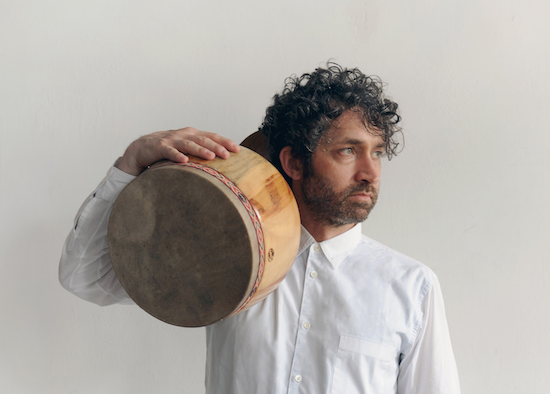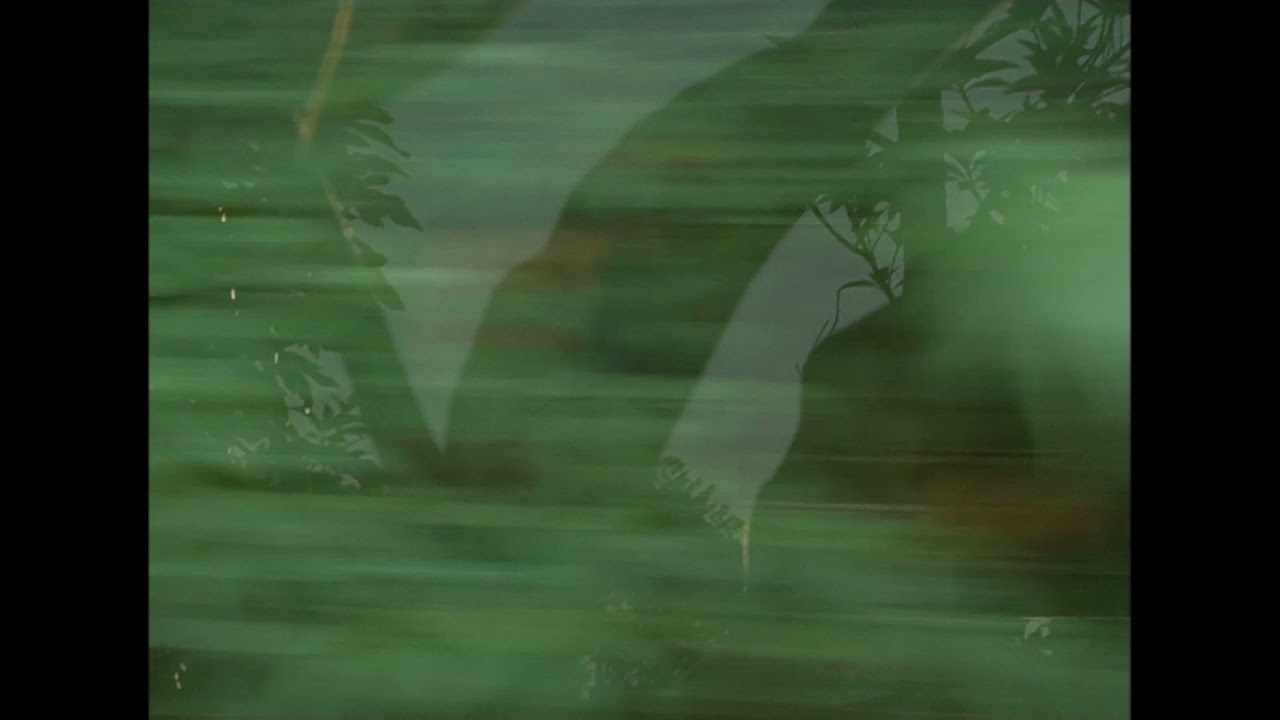Marco Shuttle has unveiled a new track, ‘Into Thin Air’, lifted from his new album for the New York-based label Incienso, run by Anthony Naples and Jenny Slattery.
The new cut is the second to be revealed from Cobalt Desert Oasis, which marks the Italian producer’s debut on the label, following on from albums for his own Eerie imprint (2014’s Visione) and Donato Dozzy and Neel’s Spazio Disponibile label (2017’s Systhema). ‘Into Thin Air’ is a delightfully airy cut, loaded with bouncy synths, hand drums and wildlife-based field recordings. You can watch the video for the track, which premieres exclusively via tQ and was put together by filmmaker Joachim Michaux, above.
The 11-track Cobalt Desert Oasis takes in music made across a two-year period, during which the producer, real name Marco Sartorelli, collected field recordings and photographs from various travels to remote locations, folding them into the album as he went along. The record also sees him make use of his tombak, a Persian hand drum, which appears more prominently here than on past productions.
Ahead of the album’s release, tQ had a quick catch-up with Sartorelli to discuss his use of the tombak, the travels that inspired the new record and how the connection with Incienso came about, which you can read below.
Incienso will release Cobalt Desert Oasis on October 15, 2021.
Some tracks on the album see you make use of the tombak. How, and when, did you first become aware of the instrument, and why did you want to make such prominent use of it on this record?
Marco Shuttle: I have always been fascinated by percussion – in connection with tribal ritualism and mysticism – as the purest, most ancestral tool to induce a trance state through repetitive patterns, which ultimately is what techno is. More specifically, the tombak is a hand drum I learnt to love because I’m a massive fan of Persian percussionist Mohammed Reza Mortazavi, whose music I’ve been listening to for many years now, and whose main instrument, together with the daf, is, in fact, the tombak.
From the first time I heard him play, I was really blown away by the wide range of sounds he was able to pull out, switching effortlessly from super low-end, boomy toms to really sharp, high-pitched rim shots and ticks. So a few years ago, we happened to be on the same lineup at Terraforma in Italy and we became friends. It turned out he was based in Berlin and he was also teaching. I didn’t think about it twice and started taking classes from him which I’m still doing regularly to this day. My main objective and motivation to start learning was to incorporate the tombak element in my production, which is something I managed to do fairly extensively in this album (with quite a bit of editing work of course).
You travelled quite widely, sometimes to remote locations, while working on the album, collecting field recordings and images to influence the record. Did you incorporate these travels into DJ gigs, or were they an undertaking specifically to shape the album?
MS: I have been lucky enough to be touring pretty much in every continent of the planet before the pandemic, and much of the travelling that ended up providing visual/musical content for this project came from that, although not exclusively. All the photos from the insert and the cover were taken during a non-touring related trip to Iceland for example, and other field recordings were taken in Thailand for another non-touring related trip.
The music I am inspired by, and try to make, is always itself a journey, longing for a sort of abstract escapism, and the travelling I do – whether it’s for touring or for other purposes – is always something that comes back into my music. So in a way, the question on whether my travels were intended for the album or not is not relevant for me because every journey always brings something and all the music I make always has some sort of exotic reminiscence. I always travel with my Leica M6, a few rolls of film and my field recording device, because I know I always find something to bring back and I have always really regretted the times I did not bring them with me because I was not bothered or whatever.
Your previous albums have been released through your own label, and Donato Dozzy and Neel’s Spazio Disponibile label. How did the connection happen with Incienso, and with Anthony and Jenny, to put this record out?
MS: This album is coming in a moment where, more than ever, I am finding the techno scene, and the sound as we normally refer to it, quite boring, impersonal and unimaginative, and it probably represents my boldest attempt to drift farther from the floor, although I have never been that kind of straight techno artist before either. You know, the press, the media, promoters, all the establishment, in general, seem to have a desperate need to label you, to put you in a box because we are living in times where, to the audience’s eyes, what you are associated with ends up being more powerful than the actual content you are providing. So, with this kind of mindset, I was looking for a label that was not fitting into a precise scheme genre- or scene-wise. I had been following Incienso for a while and found their approach very fresh, eclectic and tasteful. So around Christmas last year, with the album already almost finished, I decided to knock at their door and send them my music, which they seemed to really like and we clicked straight away.



